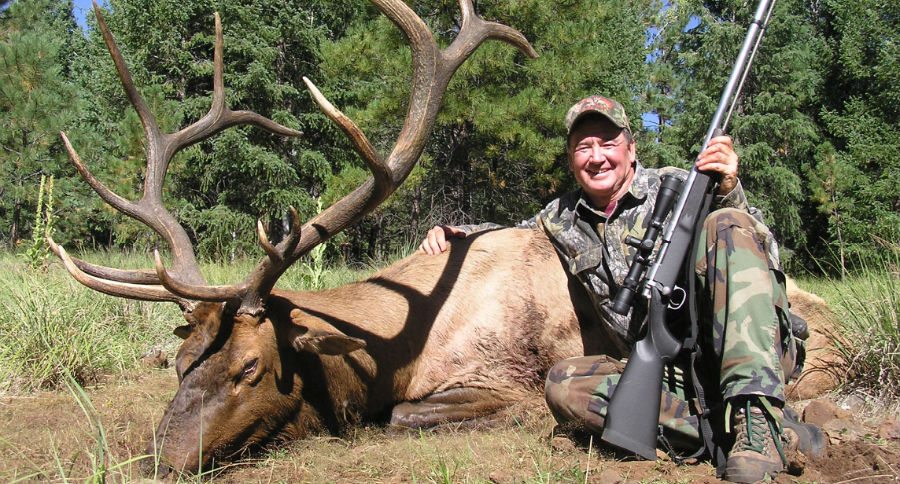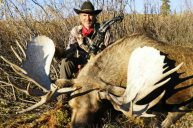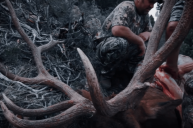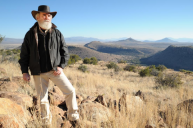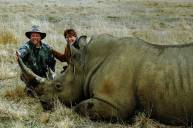Since the earliest formation of the Boone & Crockett Club, trophy hunting was the model created to sustain wildlife and was a cornerstone of conservation.
Shane Mahoney, a conservationist who has been fighting on behalf of wildlife all over the world for many years, succinctly explains and makes an excellent argument in favor of trophy hunting as a highly effective conservation tool.
Firstly, Mahoney explains what many people probably are not aware of: that the word "trophy", in the context of game animals, was, probably unintentionally, created by the Boone and Crockett Club to practically assist in the conservation of dwindling game animal populations.
Boone and Crockett founders believed that the selective harvest of mature male animals - a.k.a. "trophies" - would be beneficial to the growth of animal populations. This was at a time when killing any animal, of any age or gender, was the norm. So, through a good deal of effort and marketing, they effectively changed the narrative, and helped protect a relatively stable population of breeding females, which in turn began to produce more individuals of a species.
But let's hear Shane Mahoney explain it.
So, the harvest and recording of large, mature male animals has become the standard, which not only offers physical evidence that the B&C conservation mission is working (after all, only a healthy population could consistently produce numerous such specimens year after year), but also evidence that the hunters who claim such quarry are following an ethical standard of limiting themselves to only older, mature male animals.
Of course there will always be a few bad apples who attempt to sidestep the rules of fair chase and ethical behavior, but by and large, the majority of hunters are ethical and are very conservation-minded individuals.
The success of and the widespread belief in the trophy hunting model is further evidence that what is known as the North American Model of Wildlife Conservation is an efficient and viable model. It works, and it works remarkably well.
The Boone and Crockett Club also emphasized the quality of the hunter's experience over numbers of animals killed. They have been highly successful in ingraining this ethic in the hunting community. It is commonplace now to see and hear hunters talking or video-recording their hunt and emphasizing the experience, even if no animals were harvested at all.
And yet anti-hunters have been successful in depicting trophy hunting as an unethical and entirely ego-driven pursuit. Nothing could be further from the truth. Anti-hunters fail to recognize that their efforts at focusing on hunters or "trophy hunting" often neglect or ignore the welfare of the wildlife species.
They also completely misunderstand the keeping of heads, antlers, and mounts - trophies - by the hunter. Because they are ignorant of the practice of hunting, anti-hunters assign corrupt meaning to these symbols of connection to nature.
Thus, as Mahoney concludes, "Calls for blanket bans on trophy hunting and the importation of legally harvested animal trophies, not only threaten a significant proven mechanism for wildlife conservation, in places like Africa, but also in North America, a continent where wildlife thrives and conservation has realized so many successes."
Like what you see here? You can read more great articles by David Smith at his facebook page, Stumpjack Outdoors.
NEXT: Why Hunt? Hunting Puts You Directly in the Full Circle of Life
